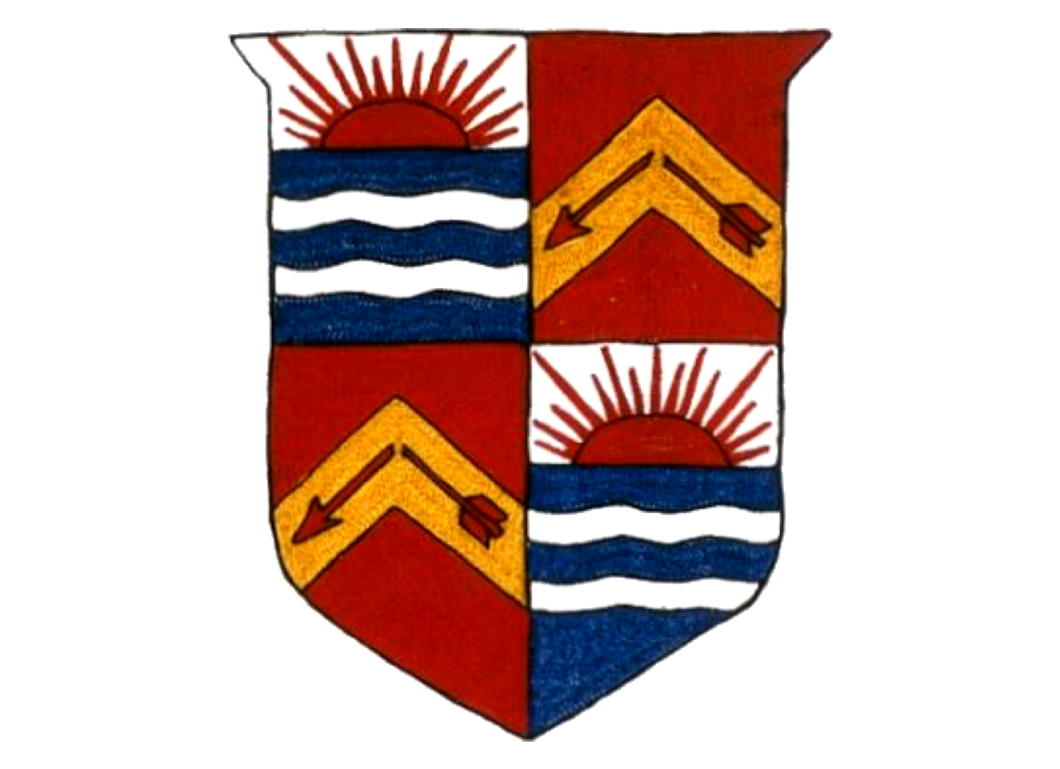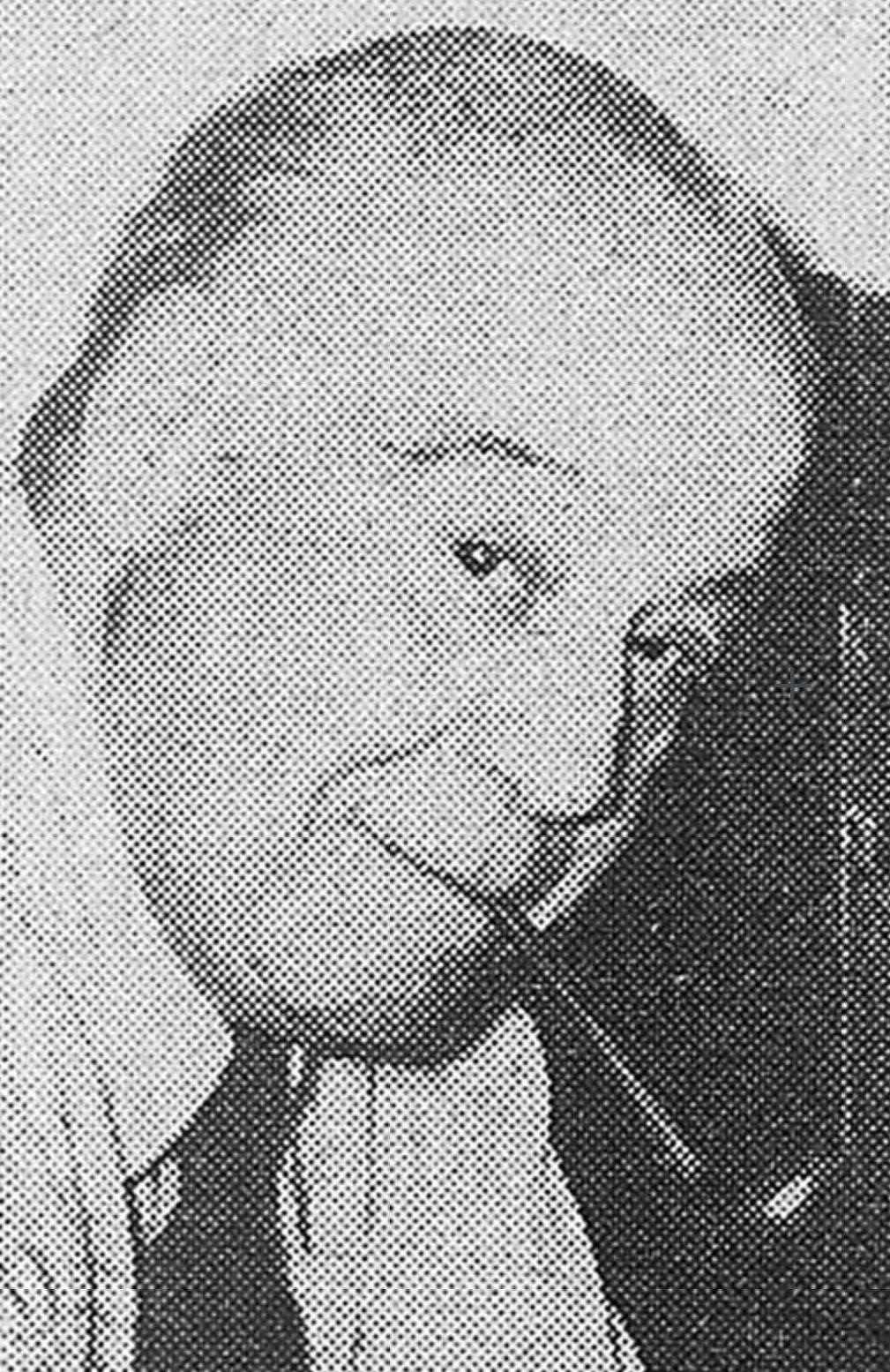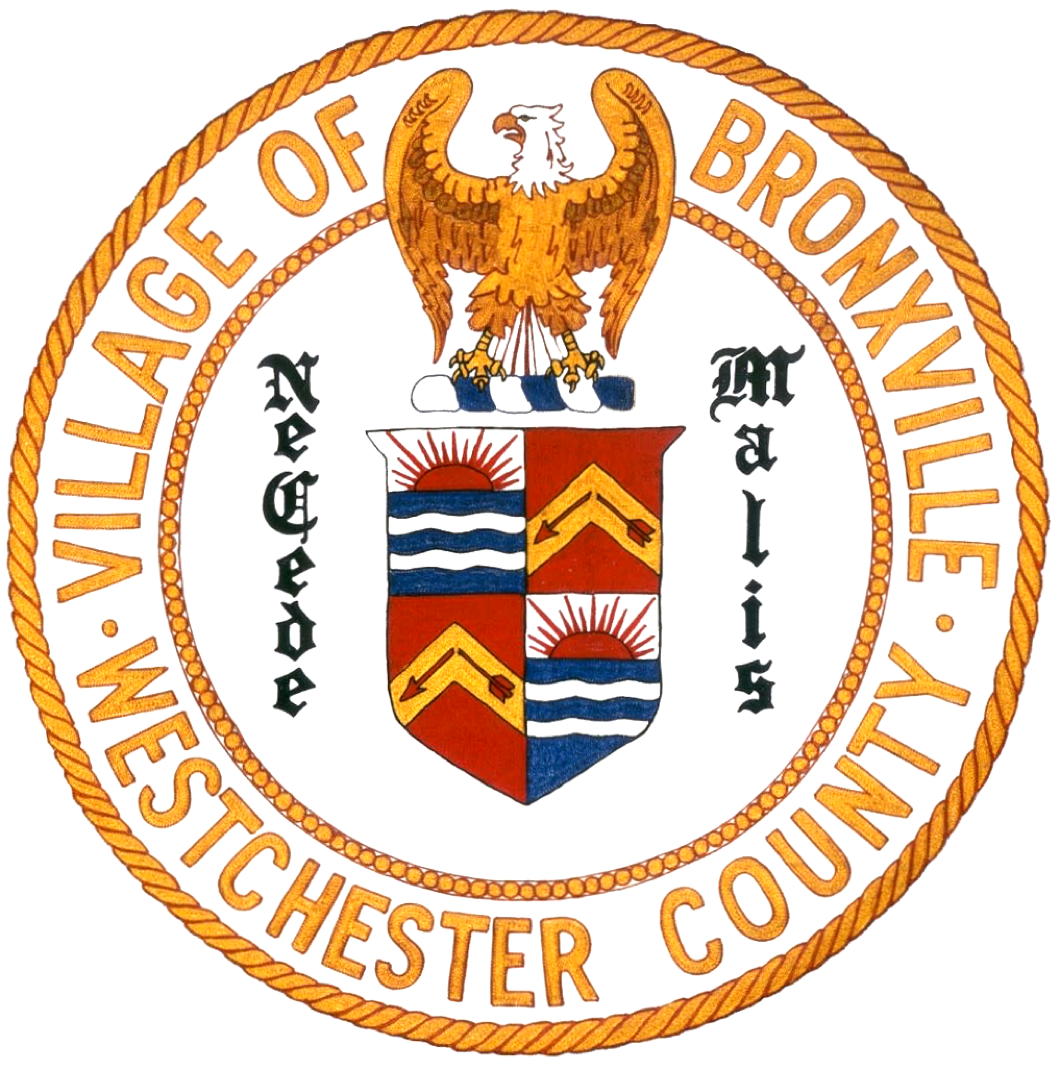
About Andrew Cusack
 Writer, web designer, etc.; born in New York; educated in Argentina, Scotland, and South Africa; now based in London.
Writer, web designer, etc.; born in New York; educated in Argentina, Scotland, and South Africa; now based in London. read more
News
Blogs
Reviews & Periodicals
Arts & Design
World
France
Mitteleuropa
Knickerbockers
Argentina
The Levant
Africa
Cape of Good Hope
Netherlands
Scandinavia
Québec
India
Muscovy
Germany
Academica

 The coat of arms of the Village of Bronxville is a surprisingly handsome design, for which we can thank a gentleman named Lt. Col. Harrison Wright.
The coat of arms of the Village of Bronxville is a surprisingly handsome design, for which we can thank a gentleman named Lt. Col. Harrison Wright.
Known to most as Hal, Wright (1887–1966) was one of those citizens who seemed to have had endless time to devote to those around them. In the Great War he served in a variety of roles and had the pleasure of personally delivering a Packard automobile to General Pershing.
He helped coordinate the village police when its captain’s ill health forced an unexpected retirement and was an active member of the American Legion post.
Wright was also Scoutmaster of Troop 1 and served as the local District Commissioner for the Boy Scouts. In that role he had under his purview a young scout from my old troop — Troop 2, Bronxville — named Jack Kennedy.
During the Second World War, Wright deployed his significant logistical expertise as an officer at the U.S. Army’s New York Port of Embarkation but, with his artistic skills and heraldic interest, he also found time in 1942 to design Bronxville’s coat of arms.
 Outsiders often assume by its name that the village is in the Bronx, a borough of the City of New York that has an unjustifiably insalubrious reputation abroad. (Some parts of the borough are in fact rather beautiful and the nostalgia of the Bronx’s 1950s glory days adds to its charms.)
Outsiders often assume by its name that the village is in the Bronx, a borough of the City of New York that has an unjustifiably insalubrious reputation abroad. (Some parts of the borough are in fact rather beautiful and the nostalgia of the Bronx’s 1950s glory days adds to its charms.)
Bronxville, however, is named after the rather peaceful and verdant Bronx river on which it sits. Like the eponymous borough further south, all take their name from the family of Jonas Bronck who were the primary landowners in what is now The Bronx.
The first and third quarters of Bronxville’s village arms are taken from the coat of arms attributed to Jonas Bronck: a rayed sun above a waved body of water (blasoned as in chief a field Argent with a rayed sun, gules, above a body of water, azure, with two bars wavy, argent).
The second and fourth quarters contain a broken arrow on a chevron (on a field gules, a chevron or, with a broken arrow gules). The broken-ness of the arrow represents the peace between the colonists and the natives when Gramatan, sachem of the local Siwanoy tribe, sold the land to the settlers in 1666.
Many of the Siwanoy were baptised and intermarried with the English settlers who encroached from Connecticut as well as from New York (which England had only just snatched from the Dutch).
John Pell, second Lord of the Manor of Pelham, successfully represented the claims of Siwanoy chief Wampage I before the Privy Council, so it is perhaps no surprise that Wampage II’s daughter Anna married Thomas Pell who inherited the substantial manor.
The Pells are still around — the late Senator Claiborne Pell served six terms in Washington from 1961 to 1997 and chaired the Foreign Relations Committee.
Search
Instagram: @andcusack
Click here for my Instagram photos.Most Recent Posts
- Bicycle Rack April 29, 2024
- Burns Tower April 19, 2024
- Patrick in Parliament March 18, 2024
- Articles of Note: 13 March 2024 March 13, 2024
- Cambridge March 9, 2024
Most Recent Comments
Book Wishlist
Monthly Archives
Categories


